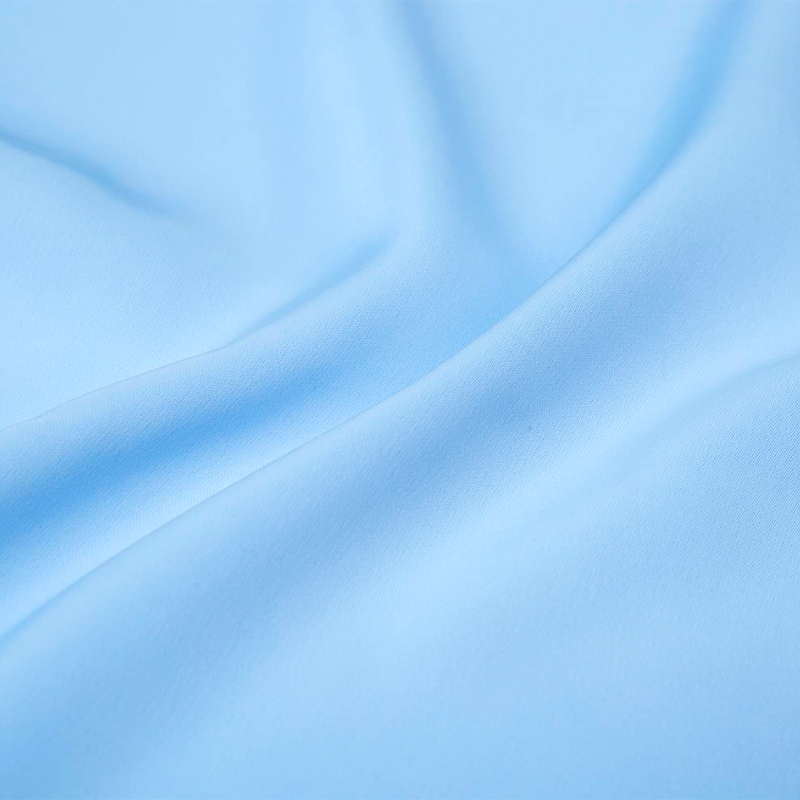Satin Cloth Fabric have special wrinkle resistance due to their unique weave structure and combination of worsted, smooth yarns. Several key factors underpin satin's ability to resist creasing:
1. Satin weaving: The charm of satin fabric comes from its application of satin weaving technology. This method involves weaving the weft yarns, allowing them to float gracefully over multiple warp yarns before being interlaced. The result is the creation of extended "floats" on the surface of the fabric, giving it a smooth, shiny finish. These slender floats effectively reduce the tendency for creasing and wrinkling because there are fewer intersections where wrinkles tend to form.
2. High Thread Count: Satin fabrics usually have a significantly high count, meaning the yarns are densely packed per square inch. This increased yarn concentration gives the fabric strength and elasticity, significantly reducing the potential for wrinkles or creases.
3. Smooth yarn: Satin textiles are usually made from very smooth and tightly spun yarns, such as silk, polyester or nylon. These yarns have an inherently smooth surface that minimizes friction and resists folding or wrinkling. This inherent smoothness allows the fabric to maintain its shape and appearance even under movement and pressure.

4. Loose Weave Structure: Compared to tightly woven fabrics like cotton or denim, satin fabric has a looser weave structure. This loose weave provides greater flexibility and free movement, preventing visible wrinkles from forming. In contrast, tightly woven fabrics tend to retain creases more firmly and thus wrinkle more easily.
It's worth noting that while satin fabrics generally exhibit admirable wrinkle resistance, the specific type of satin and its composition can vary. The quality and properties of the fabric depend on a variety of factors, including fiber selection (e.g., silk satin, polyester satin), the manufacturing process used, and the total thread count.
.jpg?imageView2/2/format/jp2)










